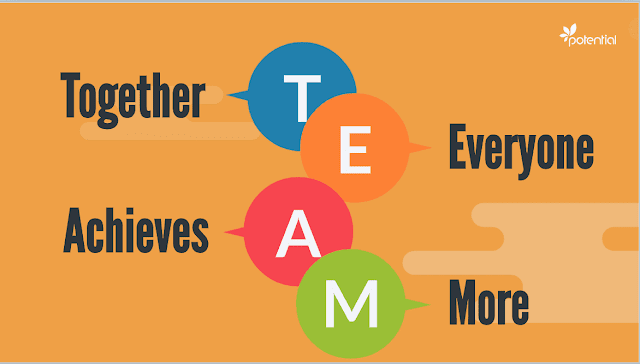The LEAN JOURNEY
From Andreas Buescher:
Years ago, in my former company, at one day my boss came to me and said: - Andreas, it’s time to start the Lean Journey-. I was working as a Continuous Improvement Manager at that time but to be honest, I hadn’t had any clue what he was speaking about. Which leads to my first point:
VISION
Whatever you are going to do, you need a Vision.
People like to know what the future will bring. They need a VISION. Understandable, easy to recognize and to follow.
For your Lean Journey this means, try to imagine how your operations or services will look like in a lean world.
You can use the 5 Lean principles as a guidance:
1. Create Value (What is your customer willing to pay for, the goods/ services you are offering)
2. What is the customer demand rate ( The Customer takttime)
3. Create Flow in your processes
4. Where Flow is not possible, establish Pull / Kanban
5. Drive for Perfection (Don’t rest before everything is perfect, this is a day by day exercise)
STATUS QUO
When you know where to go, you also need to know where to start respectively where you are today.
For me it was very helpful to have a small “ guidebook” .
This was called the Lean Journey Assessment @ Parker Hannifin. McKinsey sometimes calls it 5 Star Rating.
A kind of a questionnaire, where, splitted in different areas and fields of your business, you can find clear descriptions of the current state within one specific level.
May you have heard from Iwao Kobayashi‘s 20 Keys of success, the LJA is a similar approach.
You should have a good mix of soft facts and hard facts (metrics) and the end the bottom-line result in terms of ROS and EBITA are counting. Use clear descriptions of each level by using simple language, this will help you to find yourself in the right cluster. When you asses, be honest, otherwise you will cheat yourself.
The gap identified between your current and your desired future state is now your strategy.
HOW TO START
If you have identified the gap between where you are and where you want to be, you need a feasible time schedule and a roadmap.
Many people are to engaged, they start very fast and run out of power during the race.
This is an under-estimated and high risk too.
Because you must keep in mind that have one trial only, if you fail on an early stage, the LEAN word in company is burnt for a long time.
"With other words: How to eat an elephant? Small pieces, multiple portions over the day. Day by day. Week by week. That’s the key for success. Be patient, ensure that your whole team is on the same page. Always."
Years ago, in my former company, at one day my boss came to me and said: - Andreas, it’s time to start the Lean Journey-. I was working as a Continuous Improvement Manager at that time but to be honest, I hadn’t had any clue what he was speaking about. Which leads to my first point:
VISION
Whatever you are going to do, you need a Vision.
People like to know what the future will bring. They need a VISION. Understandable, easy to recognize and to follow.
For your Lean Journey this means, try to imagine how your operations or services will look like in a lean world.
You can use the 5 Lean principles as a guidance:
1. Create Value (What is your customer willing to pay for, the goods/ services you are offering)
2. What is the customer demand rate ( The Customer takttime)
3. Create Flow in your processes
4. Where Flow is not possible, establish Pull / Kanban
5. Drive for Perfection (Don’t rest before everything is perfect, this is a day by day exercise)
STATUS QUO
When you know where to go, you also need to know where to start respectively where you are today.
For me it was very helpful to have a small “ guidebook” .
This was called the Lean Journey Assessment @ Parker Hannifin. McKinsey sometimes calls it 5 Star Rating.
A kind of a questionnaire, where, splitted in different areas and fields of your business, you can find clear descriptions of the current state within one specific level.
May you have heard from Iwao Kobayashi‘s 20 Keys of success, the LJA is a similar approach.
You should have a good mix of soft facts and hard facts (metrics) and the end the bottom-line result in terms of ROS and EBITA are counting. Use clear descriptions of each level by using simple language, this will help you to find yourself in the right cluster. When you asses, be honest, otherwise you will cheat yourself.
The gap identified between your current and your desired future state is now your strategy.
HOW TO START
If you have identified the gap between where you are and where you want to be, you need a feasible time schedule and a roadmap.
Many people are to engaged, they start very fast and run out of power during the race.
This is an under-estimated and high risk too.
Because you must keep in mind that have one trial only, if you fail on an early stage, the LEAN word in company is burnt for a long time.


Comments
Post a Comment